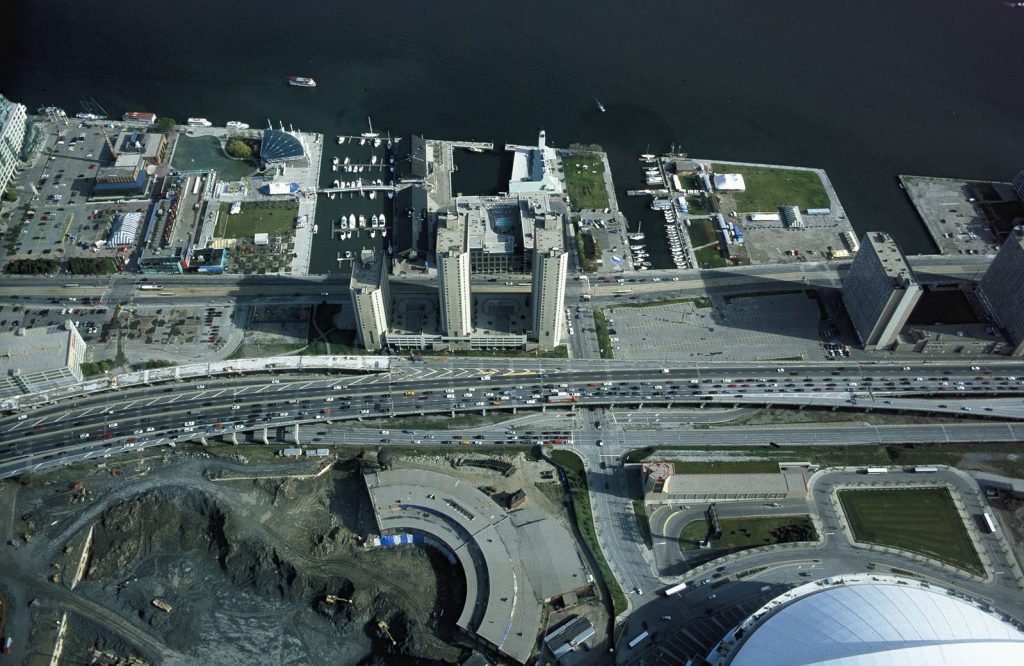Smart Cities: Innovative or Orwellian? (March)
In March 2019, the Rights Writers explore the role the media has played in covering their issues and what effects it has had — positive and negative.
In recent years, urban issues have increasingly captured public imagination. From the fight against gentrification, to the implementation of “smart-city” technology, a majority of the population now finds themselves living in cities; therefore, their problems are often urban by nature. While dedicated urban outlets, such as CityLab, are delving deeper into what the modern-day city looks like, traditional media sources lag behind – failing to understand the complex history and urban theory that has molded our present-day cities.
However, perhaps the more interesting question to ask about media and the city, is how our existence and conception of the city has changed as media and technology have rapidly become a part of our everyday lives. That is, how have social media and technology altered the very fabric of urban living?
In The Media City, author Scott McQuire dissects this concept. Having realized that the media often fails to connect issues to their urban origins, McQuire provides a clear link between our consumption of media, technological developments, and how we function in the modern city. He argues that ultimately, media cannot be separated from the city, and as our consumption develops, sources of media determine how we interpret our urban homes.
While McQuire wrote The Media City in 2008, his theory still applies 11 years on. Given how many of us live out parts of our life online, cities have adapted and are actively trying to harness change through social media platforms. In Las Vegas, city officials are cutting through the red tape and building citizen engagement on Twitter, Facebook and Instagram with the core goals of raising awareness of city initiatives, and humanizing the government. Within a year of building their platforms, the city was able to reach half of the city’s population through social media engagements and quickly quashed false rumors of an airport closure during a 2017 storm.
Social media could also prove to be a valuable tool in disproving false and often negative narratives surrounding cities. For example, a study by Shelton, Poortuhuis, and Zook looked at Louisville, Kentucky and investigated whether the commonly held belief of a “9th Street Divide” between the central business district and poorer, minority neighborhoods was actually present in reality. Using two years of geotagged tweets, the researchers actually found that based on day-to-day spatial activities of the city, neighborhoods were actually much more fluid than expected. Their paper argued against the premise that certain neighborhoods are viewed as separate from the city, given that there was no presence of a divide in people’s daily movements. However, since much of this work is being done in academic circles it will still be a while before it filters in to mainstream media, as shown by the persistent framing of Louisville issues in the context of the division.
However, the paper highlights the potential of data in changing our conceptions of the city and this work is also being done on an even more ambitious scale. Sidewalk Labs, a company owned by Google’s parent, Alphabet, is currently renovating Toronto’s waterfront in the hopes of building a city driven by technology. Promising an earth-friendly, sensor heavy city that will gather as much data as it can to optimize urban living, Sidewalk Toronto aims to bring technologists and urbanists together to build the perfect city.
Many are excited about the proposal with Canadian Prime Minister Justin Trudeau saying the initiative will enable “technologies that will help us build smarter, greener, more inclusive” spaces. Yet, there’s something so Orwellian about the scheme that’s not gone unnoticed by many critics. Bianca Wylie, leader of a movement against Sidewalk Labs’ project described the company as a “trojan horse”, which under the guise of enhancing quality of urban life is actually trying to invade privacy and make money.
Worryingly, Dr Ann Cavoukian a privacy expert consulting on the Toronto project resigned, blasting the initiative as a “city of surveillance”. Cavoukian is the mind behind “privacy by design”, a framework which centers privacy in every step of the engineering process. While Sidewalk claimed to have a adopted this metric, Cavoukian left the company after they refused to promise anonymous data collection processes, effectively meaning they could track each individual resident. This was the second resignation due to privacy concerns, following the departure of TechGirls Canada founder, Saadia Muzaffar.
Many of the worries cited are not just about Sidewalk’s lack of privacy transparency, but the ethical questions concerning a private technology company taking the reins of a city. This is especially troublesome coming from a Google-affiliated company that is still allegedly working on Dragonfly – a Chinese search engine which will require major censorship and further entrenchment of human rights violations in the country.
In response to these concerns, Sidewalk has stayed notably quiet, with head of urban systems, Rit Aggarwala, distancing Sidewalk from Google and arguing that people can engage with the project without having all of the answers to the privacy questions. John Tory, Toronto’s Mayor, has also not taken a stance in relation to the privacy concerns, but did issue a statement claiming no action had been taken regarding Sidewalk’s request to be given a portion of the city’s property tax revenues.
There’s no denying that data and social media could bring benefits to urban living. From better automated and efficient city services to improving health outcomes for residents. Yet, the lack of transparency and accountability of private technology companies should stop us from blindly jumping on the bandwagon for smart city technologies. Instead, we should be ensuring smart cities will fully benefit residents, without compromising their right to a private life; and at present, Sidewalk Labs haven’t done enough to convince us this is the case. If the failed Amazon-New York deal should teach us anything, it’s that residents should and will be the ones to dictate what a city needs – not private interests.


